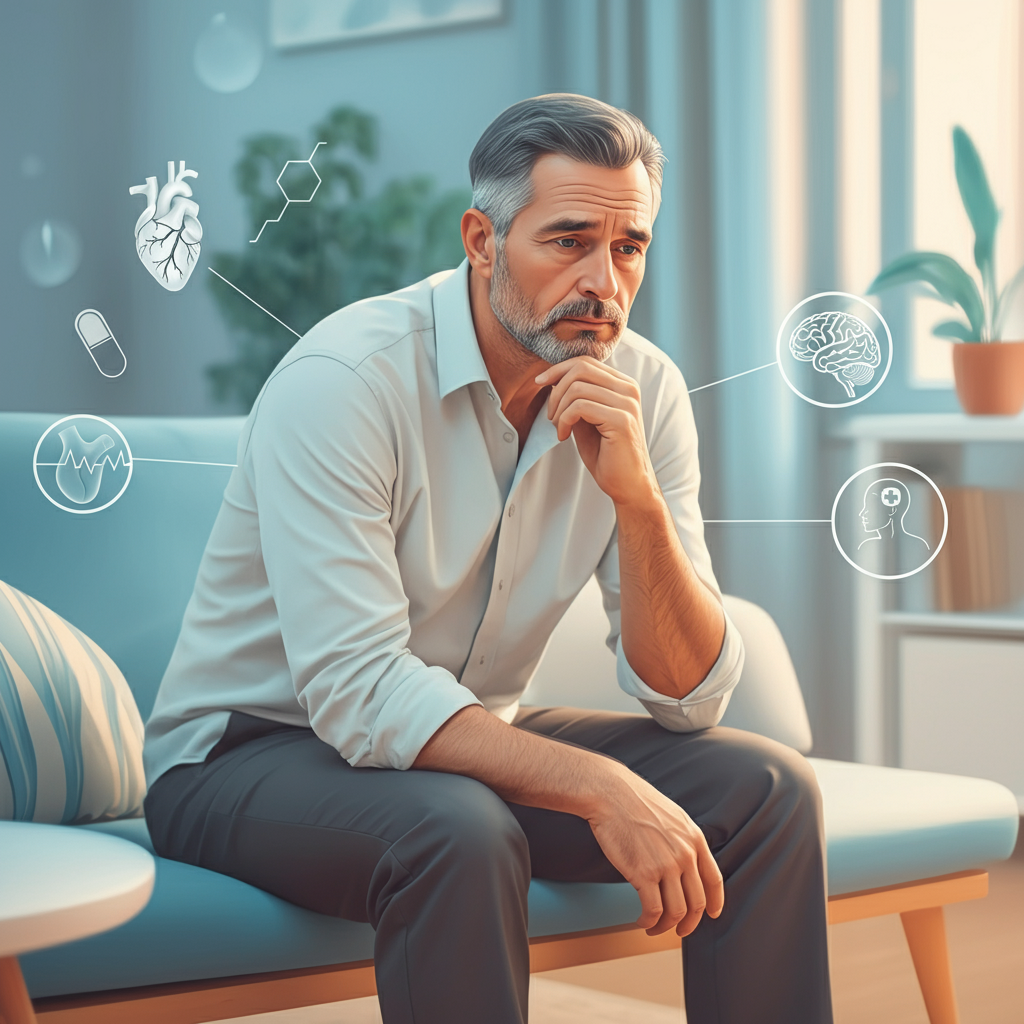Our devices are incredible. They bring us together with each other, provide entertainment, and offer a vast array of information at our fingertips. But this constant connectivity can be an option and more of an obligation. The constant stream of messages and the pressure to be constantly online, and the constant stream of information could result in extreme stress and exhaustion. If you’re feeling mentally overwhelmed and exhausted, perhaps it’s time to detox from your digital life.

Digital detox is where you take a break from technology to relieve anxiety and concentrate on the environment around you. It’s not about letting technology go for good; it’s about making a change in your relationship to technology. This article will help you comprehend the need to cleanse, offer practical ways to begin one, and show you how to keep a healthy lifestyle with technology over the long term.
Why You Might Need a Digital Detox
The symptoms of digital overload are initially subtle; however, they become apparent as time passes. Being aware of them is the first step towards restoring the peace you have.
The Science of Screen-Induced Stress
When you’re constantly connected, your brain is on a level of alert. Every ping, click, and message triggers a tiny release of cortisol, which is the stress hormone. In time, these constant micro-stressors may build up in the body, causing an increase in anxiety, stress, and physical signs like fatigue and headaches. In turn, this constant stimulation makes it hard for the brain to turn off and unwind, which is vital to recover your mental health.

Additionally, the blue light that is generated by screens can disrupt your sleep-wake cycle, also referred to as the “circadian rhythm. Being exposed to blue light in the evening could reduce your production of melatonin, the hormone that informs your body that it’s time to go to sleep. A poor quality of sleep, in the process, increases anxiety and stress and creates a vicious cycle. So, breaks from the screens could directly improve your sleep quality and reduce your stress levels.
Comparing Yourself to Others Online
Social media is a further source of stress in the digital age. They often display an idealized view of reality. While scrolling through feeds that are filled with stunning holidays, achievements in your career, and perfect family photographs, it’s easy to be enticed by the idea of comparison. This can trigger feelings of inadequacy, envy, and low self-esteem.

Digital detox can provide an important break from constantly comparing social media. It allows you to be able to think about your own life, your objectives, and your personal happiness, without the blurring perspective of the media. This means that you will be able to reconnect with what is important to you, thereby enhancing your self-esteem.
How to Start Your Digital Detox
Beginning a digital cleanse does not have to be an all-or-nothing plan. It’s actually better to start by taking small, manageable steps can be more efficient and long-lasting. Here are a few sensible methods to start.
1. Set Clear Boundaries and Goals
Start by deciding the goals you’d like to achieve by undergoing a cleanse. Do you want to decrease anxiety, be more present with your family, or increase your sleeping patterns? A clear “why” will motivate you to keep going.

Next, set specific, achievable rules. For instance, you could choose a “no-phone” rule during meals or set aside the first hour of the day as an unplugged time. Another popular strategy is to set up certain “tech time” blocks for monitoring your social media and emails and not being constantly responsive to notifications throughout the day. Beginning with a detox on a weekend is a good opportunity to enjoy the benefits with no long-term commitment.
2. Tame Your Notifications
The constant notifications are the primary cause of digital disorientation and anxiety. Each notification takes your focus away from your task, which can cause distraction and cause you to be immersed in a state of constant reactivity. One simple, yet effective step is to disable all notifications that aren’t necessary.

In your phone’s settings and deactivate notifications for news, social media apps, and emails for promotional purposes. Only turn off the most important notifications, like calls or messages from your contacts. This simple modification puts you back in control. Instead of having your phone tell you to be attentive, you choose when to check your apps. You’ll likely experience a feeling of peace and improved focus quickly.
3. Rediscover Analog Activities
A successful detox from digital devices is not so much about what you’re letting go of and more about what you’re getting. To ensure that the process is enjoyable, try to take your time away from screens by engaging in analog pursuits. What were you doing before your phone became your daily companion?

You might want to consider getting back into a hobby you’ve always enjoyed or attempting an entirely new one. For example, you can take a book to read or go for a walk through the countryside, cook some new recipes, or tackle some creative work like drawing or writing. Engaging your mind and hands by engaging in offline activities not only helps reduce stress, but also encourages the imagination and a euphoria of achievement. These activities bring you back to the present, providing an alternative to the online one.
Maintaining a Healthy Balance Post-Detox
The objective of a detox isn’t to eliminate technology, but rather to establish a more deliberate and balanced connection with technology. After your initial detox phase has ended then the actual work begins: the integration of the healthier habits you’ve developed into your daily routine.
Before you begin, think about the way you felt throughout your break. What were you most pleased with? What was your biggest regret? Make use of these findings to formulate your long-term strategy. It is possible to adhere to certain rules of detox, such as making your bedroom screen-free or uninstalling apps that cause more anxiety than pleasure.

Also, remain aware of the use of technology. Make sure you regularly review your habits. Are you getting back into the old routine of incessant scrolling? If this is the case, don’t be afraid to take a short break to refresh. It is important to approach your digital health as a continuous practice, just like exercise or eating healthy. By being aware of your connection to the world of technology, it is possible to enjoy the benefits of digital wellness without letting it dictate your lifestyle.
Your Path to Digital Wellness
Digital detox can be an effective method of reducing anxiety and regaining your time and focus. When you understand the consequences of constant communication and implementing small, conscious steps to unplug and increase your mental well-being. Begin by setting boundaries, controlling the notifications you receive, as well as discovering the pleasures of being offline.
It’s all about finding a balance that you can rely on. You have the power to control the way you interact with technology. By taking breaks regularly, you can reset your device to ensure that your devices function as an instrument that can improve your life, not sources of stress that take away from it.



